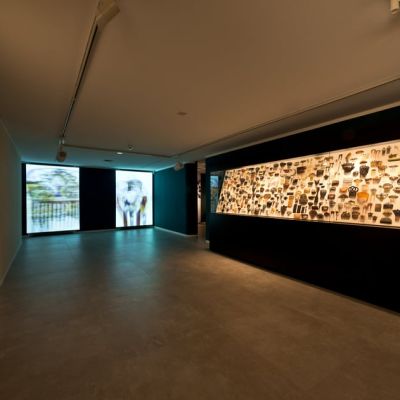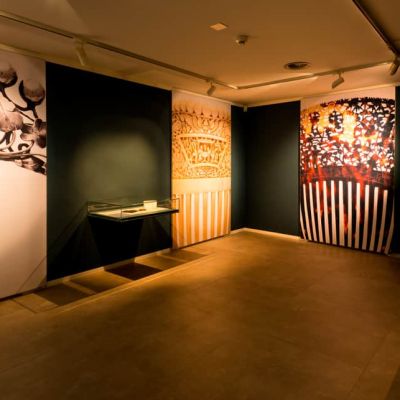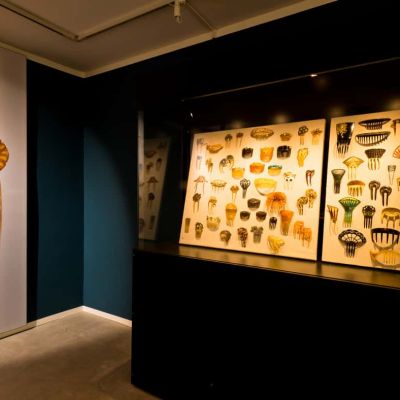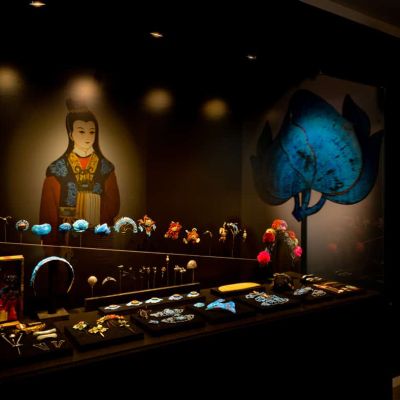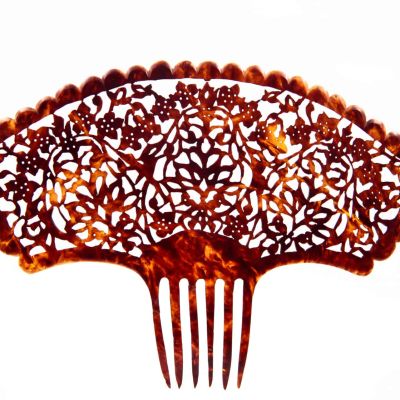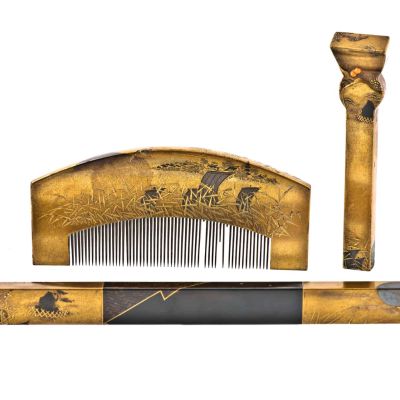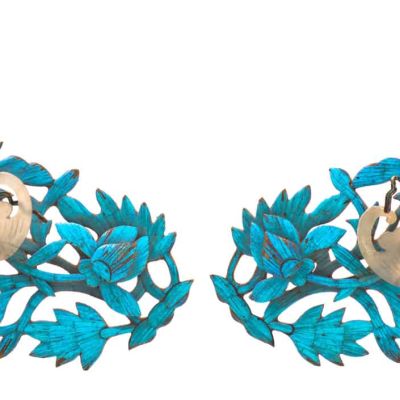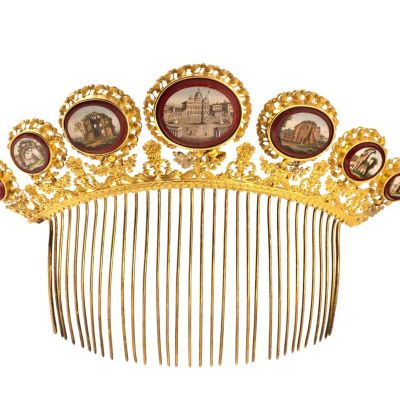MUSEC, VILLA MALPENSATA, SPAZIO CIELO
The exhibition is a fascinating and unusual journey back in time to discover ornamental hair combs, objects of use and at the same time treasures of art. Artefacts that were initially made to respond to functional needs, but soon came to the fore for their decorative value. Even to the point of inspiring great artists and above all the world of fashion. The history of the hair comb reveals how this object, so familiar that it often goes unnoticed, is much more than a simple ornament for the hair. Combs are revealed time and again as signs of beauty, nobility, value, social rank, economic power, as well as craftsmanship, taste and artistic creativity. And this for all cultures of the world. On display at Villa Malpensata are some 700 combs among the 1,182 donated to MUSEC by Gabriella and Giorgio Antonini. The exhibition is completed by an iconographic kit that helps the visitor contextualise the ornamental hair comb.
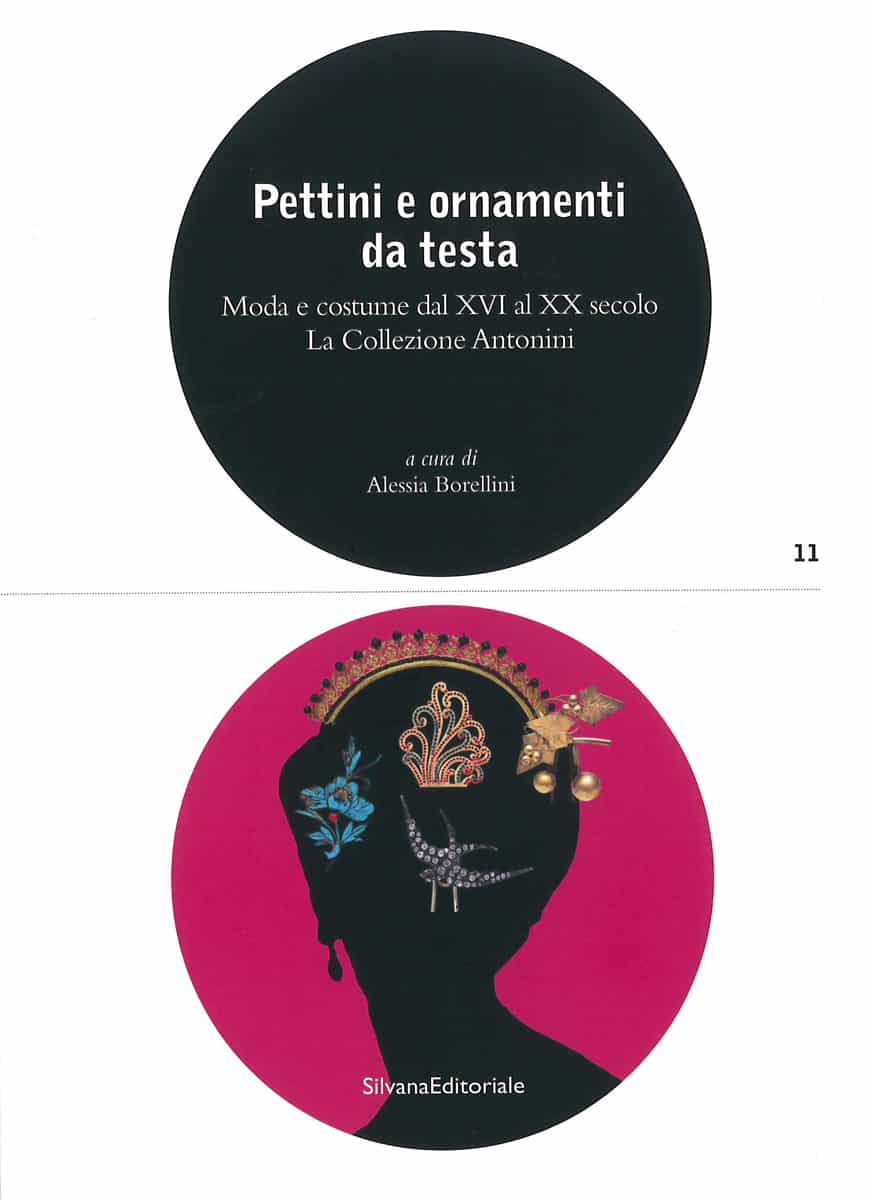
The Antonini Collection: 40 years of work to build a history of the hair comb in the field
The Antonini Collection was donated to MUSEC by Gabriella and Giorgio Antonini in the summer of 2016. Eclectic in character, it was built up over a period of forty years. It consists of 1,182 head ornaments from all over the world and made between the 16th century and the third quarter of the 20th century. The largest part of the collection comprises masterpieces of European workmanship and taste from the mid-19th century to the 1950s. In detail, the collection includes 350 tortoiseshell combs, 300 made of plastic, 100 made of horn, 50 made of ivory and 150 made of metal. More than 200 ornaments, mostly from China, Japan, Indonesia and Oceania, complete the collection. A large number of combs, especially ethnic ones, have been collected directly in the field by collectors since the late 1960s. Others were acquired by rummaging through the stalls of half of Europe, or from antique dealers or at auction. On the one hand, it represents a kind of history of hairstyling in everyday life and its various transformations. A centuries-old history, in which the symbolic value of combs leaves more and more room for the aesthetic one. On the other hand, through oriental and ethnic ornaments, it recalls meanings, values and functions such that it becomes, to all intents and purposes, a direct and articulate expression of the cultural traditions from which the combs themselves originate.
The combs on display: fashion, custom, beauty and a few rarities
The exhibition ‘Jewellery in the Hair’ is divided into four sections, each fully accompanying the visitor into the world of head ornaments. The combs on display are often objects of rare beauty, mostly made between the 16th and 20th centuries and embellished with coral, turquoise, opals and other precious (or semi-precious) stones. Among them is a set of tortoiseshell combs, marked with the weight on the back, purchased by Mr. and Mrs. Antonini in Naples in the late 1960s. This is the collection of combs intended for Queen Margherita of Savoy (1851-1926), a real gem within the Collection. The first section welcomes the visitor by immersing him or her in the world of the comb and shows the versatility of this fascinating object. The second section, entitled ‘Fashions and Encounters’, is rich and complex and shows both the different styles of ornaments that have dictated real fashions, and how the comb has witnessed numerous and prolific contaminations over the centuries between cultures seemingly at odds with each other; cultures that have created original and meaningful works. The third section is dedicated to the East and presents a selection of ornaments from China, Japan, South-East Asia and India, among which stand out for their beauty the Chinese ornaments covered in kingfisher feathers with iridescent reflections, and the refined Japanese head ornaments covered in lacquer, which represented, and still represents today, a decorative element of extraordinary beauty. The fourth section closes the exhibition with a multi-image dedicated to the birth and composition of the Collection and an interview with Gabriella Antonini.


